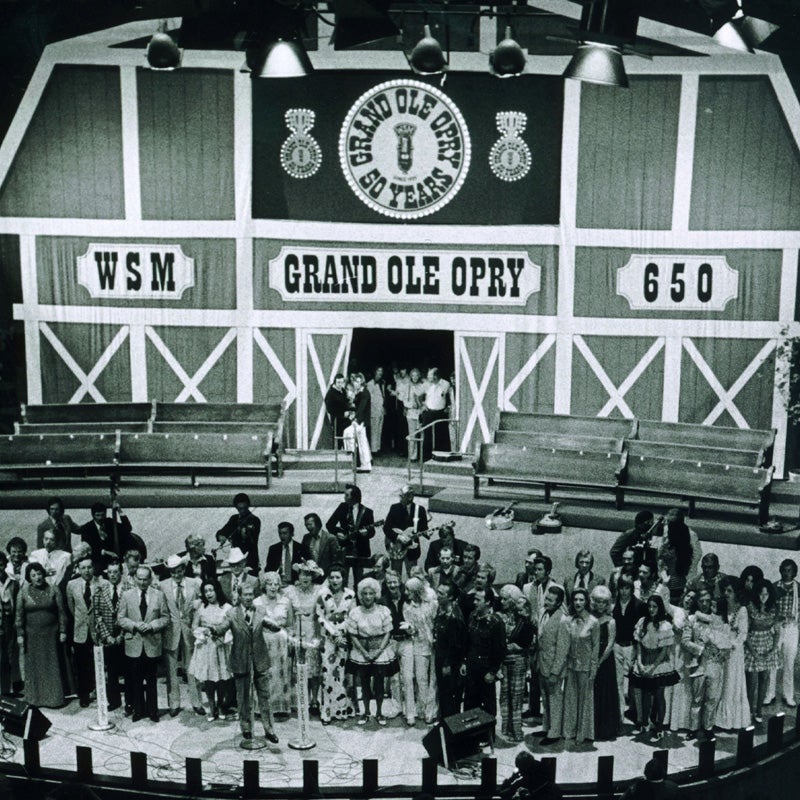
The Show That Made Country Music Famous
The Grand Ole Opry is the stage that showcases country music's past, present, and future. We've been home to the art form's growth and evolution for over 98 years.
Experience a glimpse of country history with a peek of the Father of Bluegrass, Bill Monroe, and his Blue Grass Boys, performing "Sally Goodin" on the Opry stage in 1985 with this downloadable video.
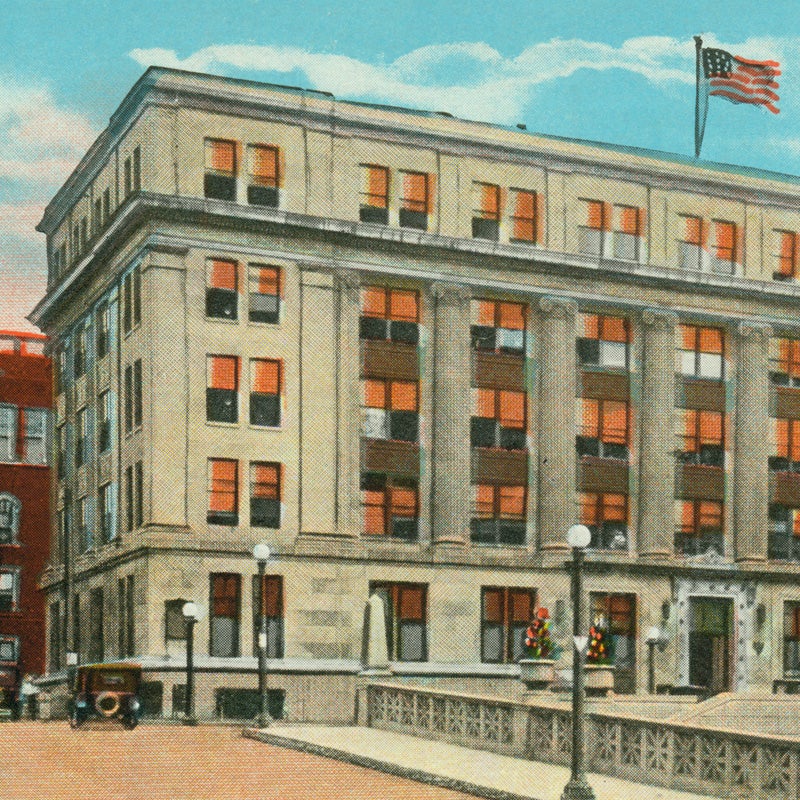
WSM Is Born
In 1925, a radio-loving founder of National Life and Accident Insurance Company convinced the company to launch its own radio station: WSM – named after their slogan “We Shield Millions." National Life built a small studio with a window in its downtown Nashville office. And WSM went live for the first time on October 5, 1925.
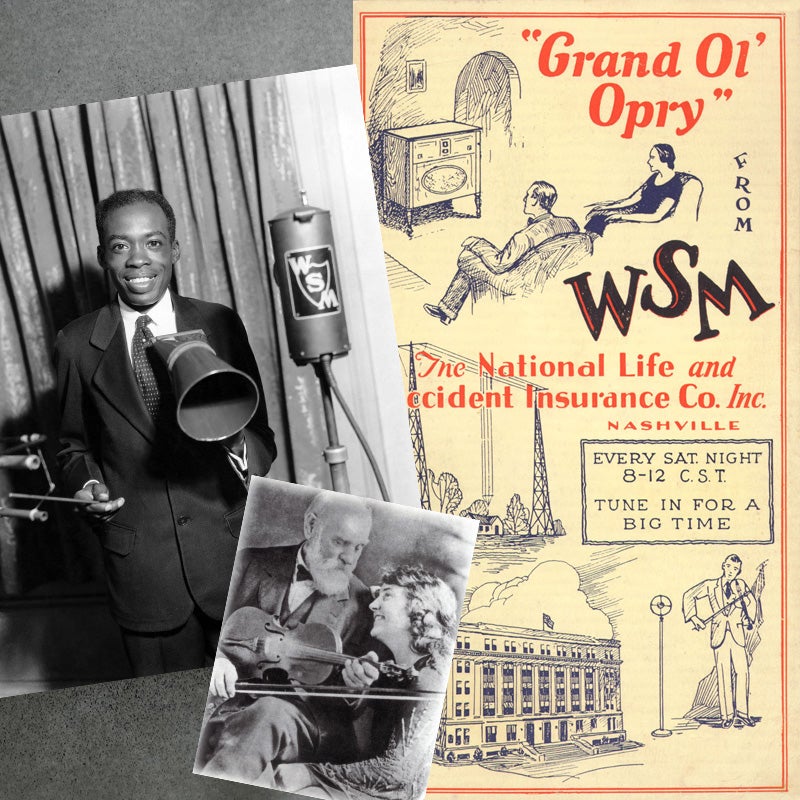
The First Grand Ole Opry
A month after WSM’s first show, National Life hired George D. Hay, a prominent announcer and program director known for his National Barn Dance program at WLS in Chicago. Hay launched the WSM Barn Dance with Uncle Jimmy Thompson, a 77-year-old fiddle player, on November 28, 1925 – widely known as the day the Grand Ole Opry was born.
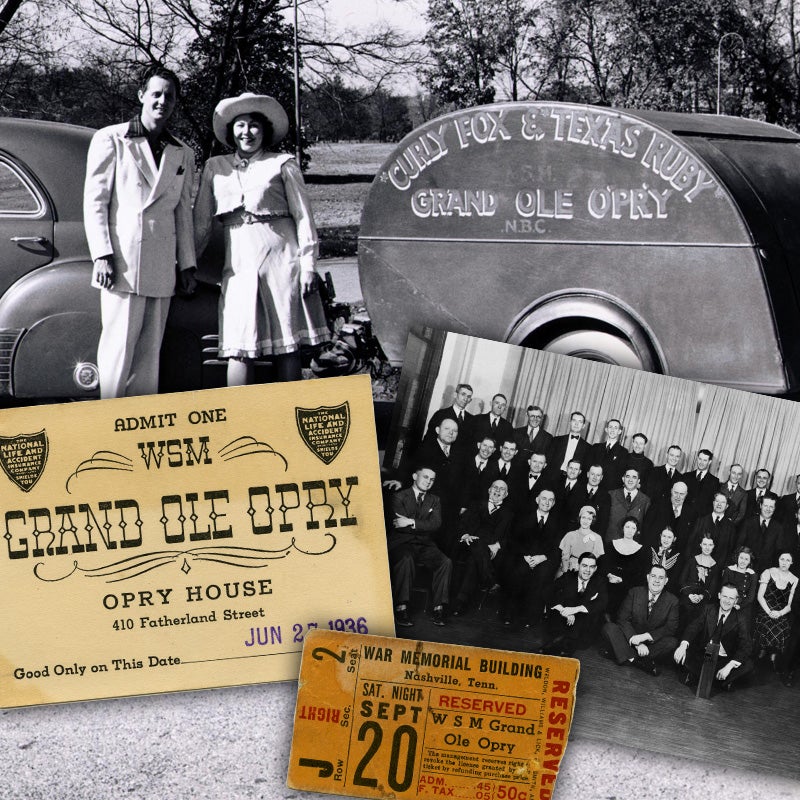
A Name That Lasts
In December of 1927, following an NBC broadcast of Walter Damrosch's Music Appreciation Hour, George D. Hay proclaimed on-air, "For the past hour we have been listening to the music taken largely from the Grand Opera, but from now on we will present the Grand Ole Opry.” The new name for the WSM Barn Dance stuck.
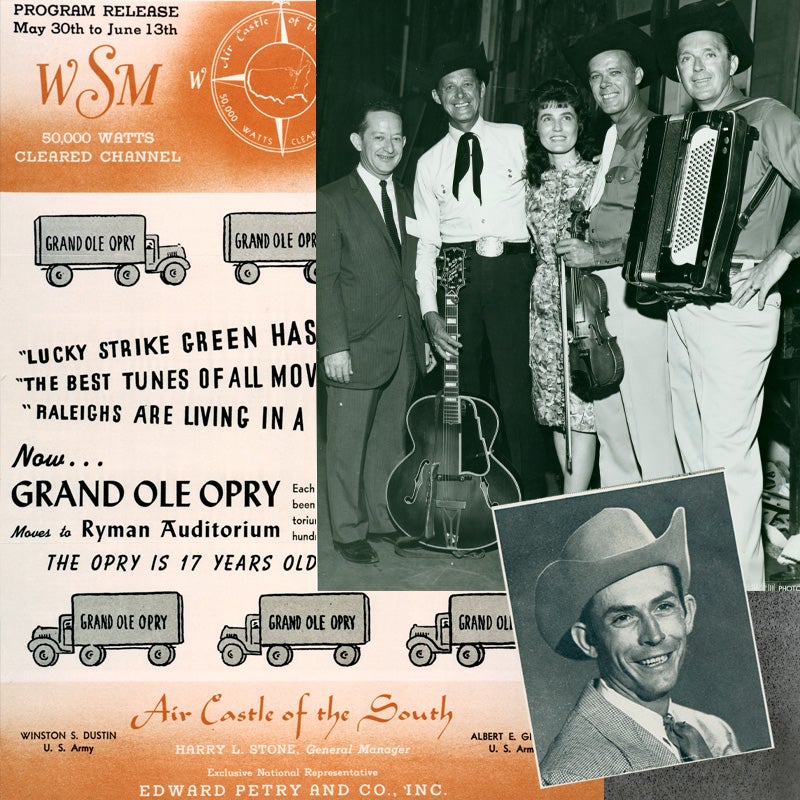
The Mother Church of Country Music
Some of the Grand Ole Opry’s most historic moments happened inside Ryman Auditorium: Hank Williams made his debut. Patsy Cline, Loretta Lynn, Willie Nelson, Jeannie Seely, and Dolly Parton joined the Opry family. Elvis Presley made his only Opry appearance. Johnny Cash became a member, met his wife, and during one infamous show, broke all of the footlights at the front of the stage inside Ryman Auditorium.
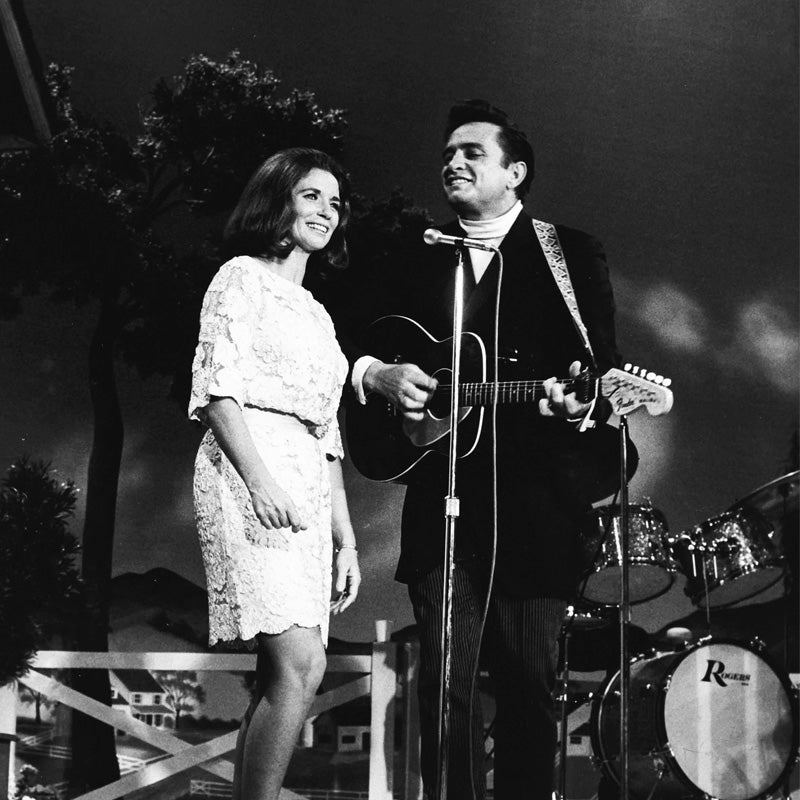
Leaving an Old Friend
The Opry broadcasted its last Friday show from the Ryman on March 15, 1974. George Morgan closed out the show with "Candy Kisses.” After the Opry, Johnny and June Carter Cash sang "Will The Circle Be Unbroken" on the following Grand Ole Gospel Time to end the evening.
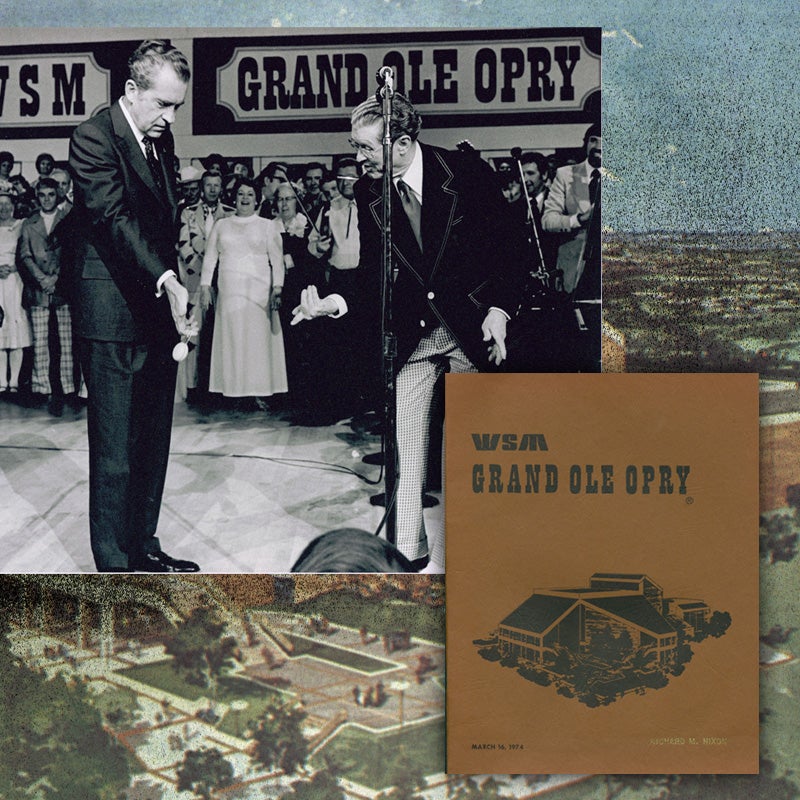
On To Bigger and Better
The next night, Roy Acuff opened the first show in the new 4,440-seat Grand Ole Opry House with a performance of "The Wabash Cannonball.” President Richard Nixon was in attendance and lead the Opry audience in singing "Happy Birthday" to First Lady Pat Nixon. The night featured a packed lineup, so each artist was limited to performing just one song.
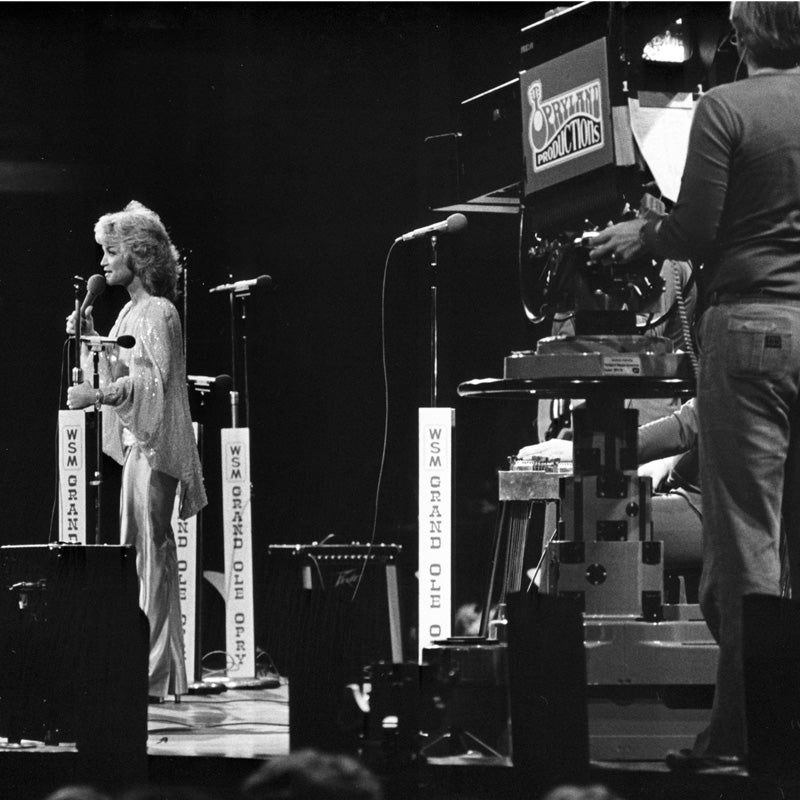
Live From The Opry House
The Opry House gave the show more space and the facilities necessary to grow and evolve. It was televised live for the first time on March 4, 1978, as part of a PBS fundraising special but the show wouldn’t start regular television broadcasts until 1985. The Opry family began welcoming more giants like The Gatlin Brothers, John Conlee, Ricky Skaggs, Lorrie Morgan, Reba McEntire, Randy Travis, and Patty Loveless.
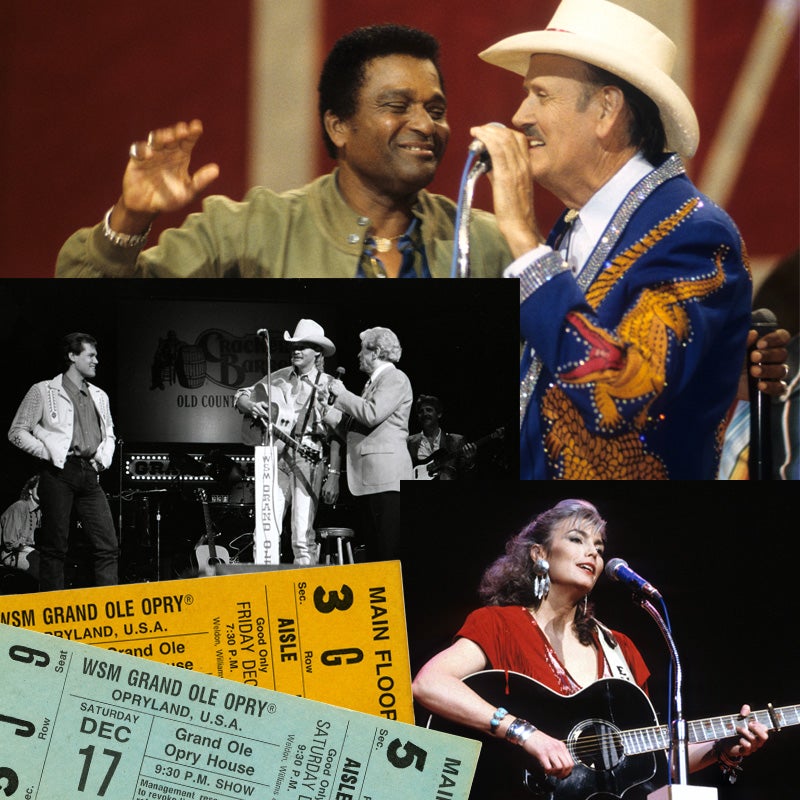
A Decade For The Ages
The 1990s brought some of the Opry’s most monumental moments: Minnie Pearl and Jimmy Dickens celebrated their 50th anniversary with the show; Roy Acuff made his final Opry performance, one month before he passed; Charley Pride, Garth Brooks, Alan Jackson, Vince Gill, Emmylou Harris, Martina McBride, Diamond Rio, and Trisha Yearwood were all welcomed into the family.
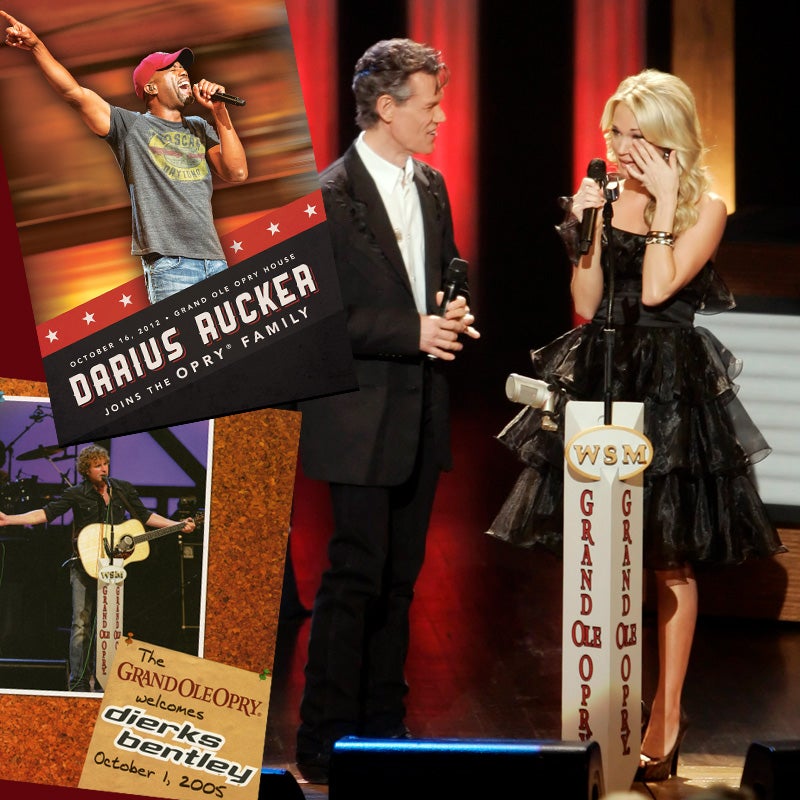
4,000 Saturdays And Counting
Throughout the 2000s, the show and its cast paid tribute to fallen members Hank Williams, Waylon Jennings, and Minnie Pearl. In 2002, the Opry celebrated its 4000th consecutive Saturday Night broadcast. And the family continued to grow, adding Brad Paisley, Dierks Bentley, Trace Adkins, Carrie Underwood, and Montgomery Gentry, among others.
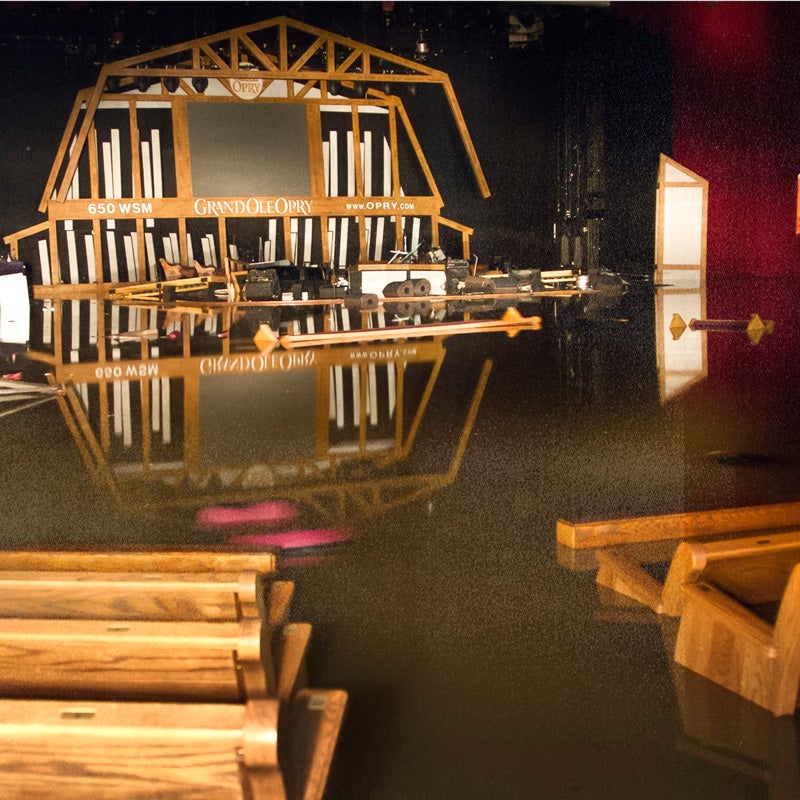
The Floodgates Open
In May of 2010, the venue was ravaged by a historic flood that forced the Opry House to close its doors for five months for restoration. The show pressed on at other venues across Nashville, including two former homes: War Memorial Auditorium and the Ryman. The Opry House was beautifully restored, and the show made its triumphant return on September 28, of that same year.
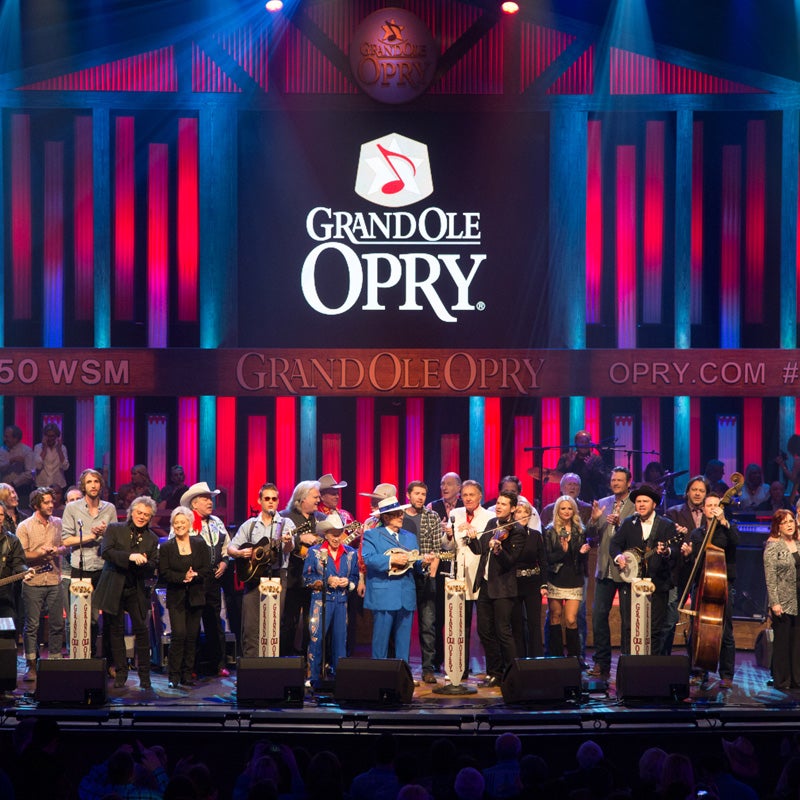
The Circle Remains
The Grand Ole Opry celebrated 40 years at the Opry House on March 16, 2014, with an all-cast opener led by Old Crow Medicine Show, and performances by some of country music’s biggest names. In 2015, the show celebrated its 90th anniversary with a star-studded weekend-long birthday bash. The 2010s brought Blake Shelton, Keith Urban, Darius Rucker, Old Crow Medicine Show, Little Big Town, and more into the Opry family.
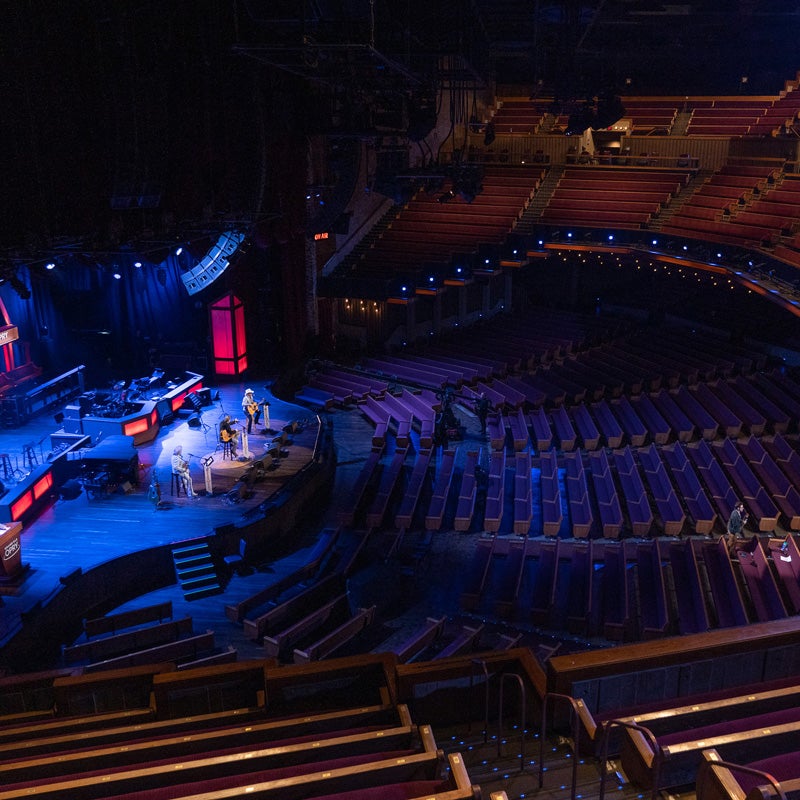
A Global Disruption
In March of 2020, COVID-19 forced the Grand Ole Opry to make the hard decision to temporarily cancel live audience shows. In a historic moment for the Opry, the Saturday Night Grand Ole Opry broadcast live without an audience, via Livestream. The show continued to broadcast live on WSM Radio and Circle TV, which incidentally launched in January of 2020 – keeping the music playing and the circle unbroken.
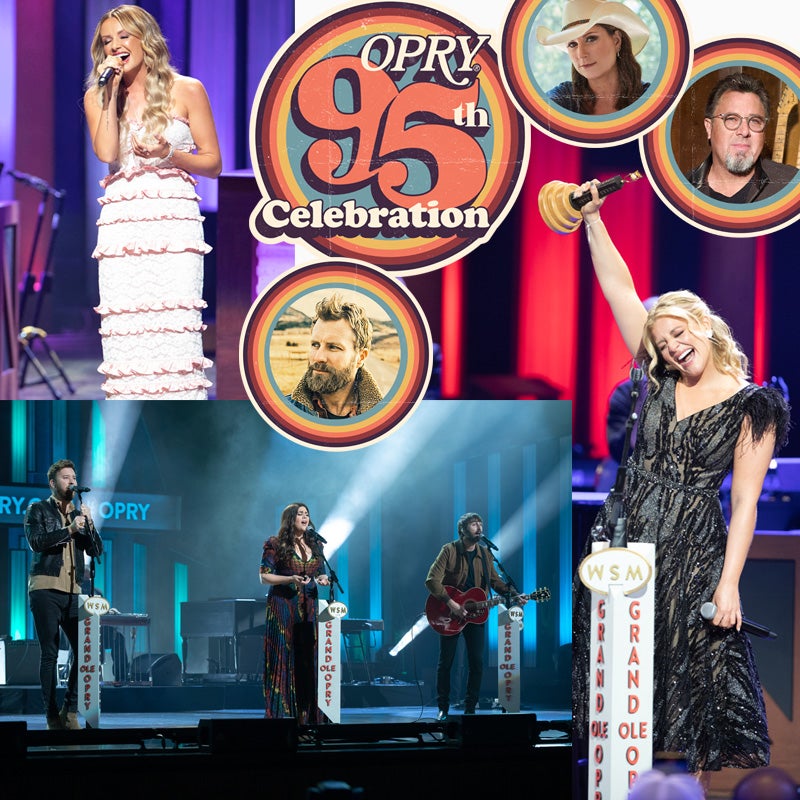
Back And Better Than Ever
After seven months of performing without a live audience, in October of 2020, the Opry kicked off its 95th anniversary by welcoming back 500 guests to the Opry House – and so began a month-long celebration of the Opry, country music, its artists, and its fans. The Opry family continues to grow, with Rhonda Vincent, Lady A, Carly Pearce, Lauren Alaina, and many more inducted in the last few years. Once reopened, the Opry resumed its tradition of drawing both locals and tourists alike through its doors. It remains one of the top attractions in Nashville.
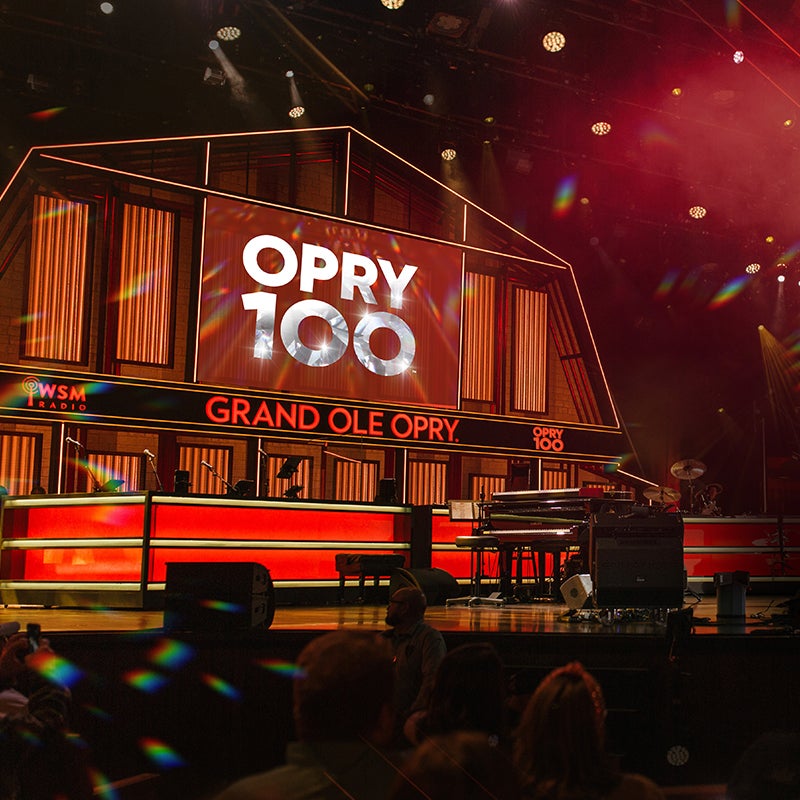
History Still in the Making
In 2025, we’re celebrating 100 years since Uncle Jimmy Thompson first played his fiddle, marking the birth of the Grand Ole Opry. From its “Barn Dance” beginnings to its global fame today, the Opry continues an untouchable legacy of shaping and sharing country’s sound. With the most celebrated family of artists in the industry and a passionate global audience, it remains the true home of country music.
Our Opry 100 celebration honors the artists, songs, and moments on our iconic stage that have defined the genre. With bigger shows, surprise guests, thrilling debuts, and tributes to legends who paved the way, we are ushering in the next era of country music with our best year yet.
Stay In Touch
It's our biggest year yet! Don't miss any Opry 100 announcements, events, and exclusive offers for fans like you. Sign up now!
